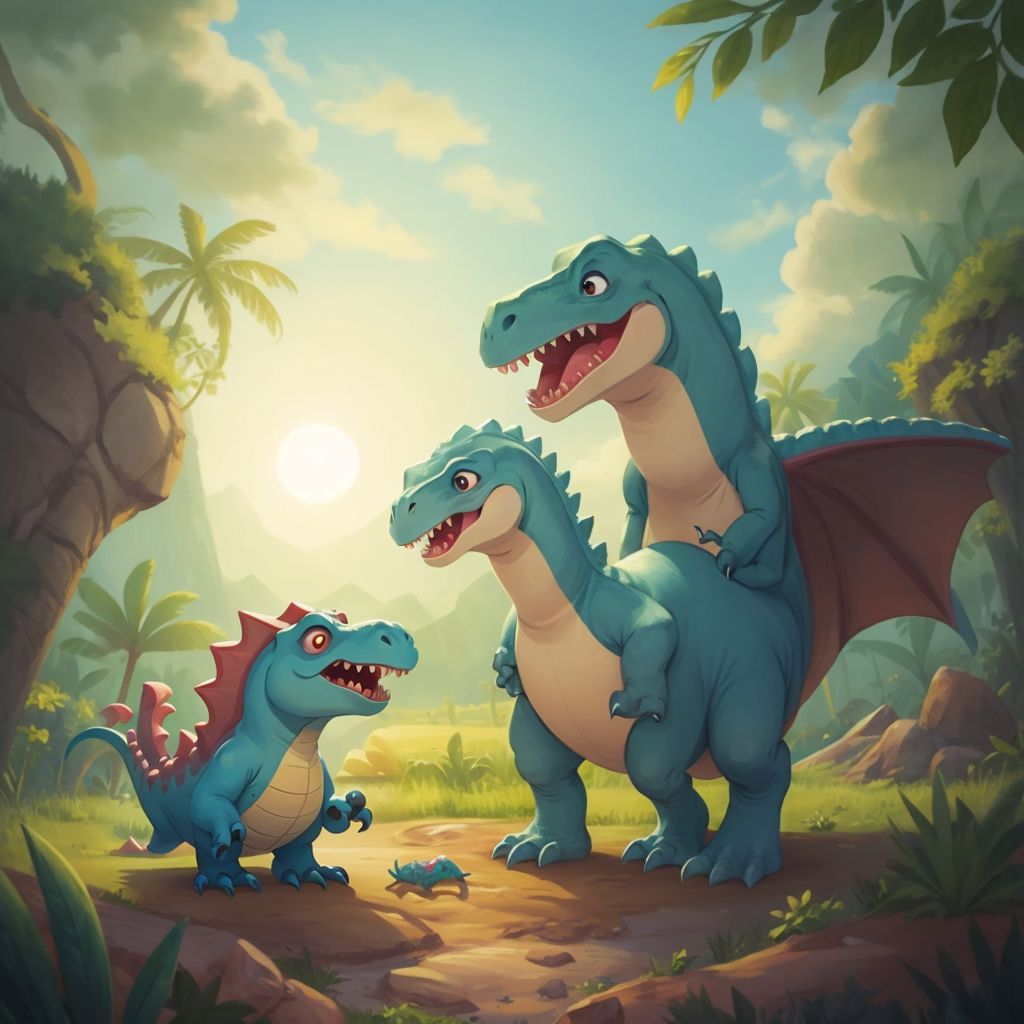

Recommend
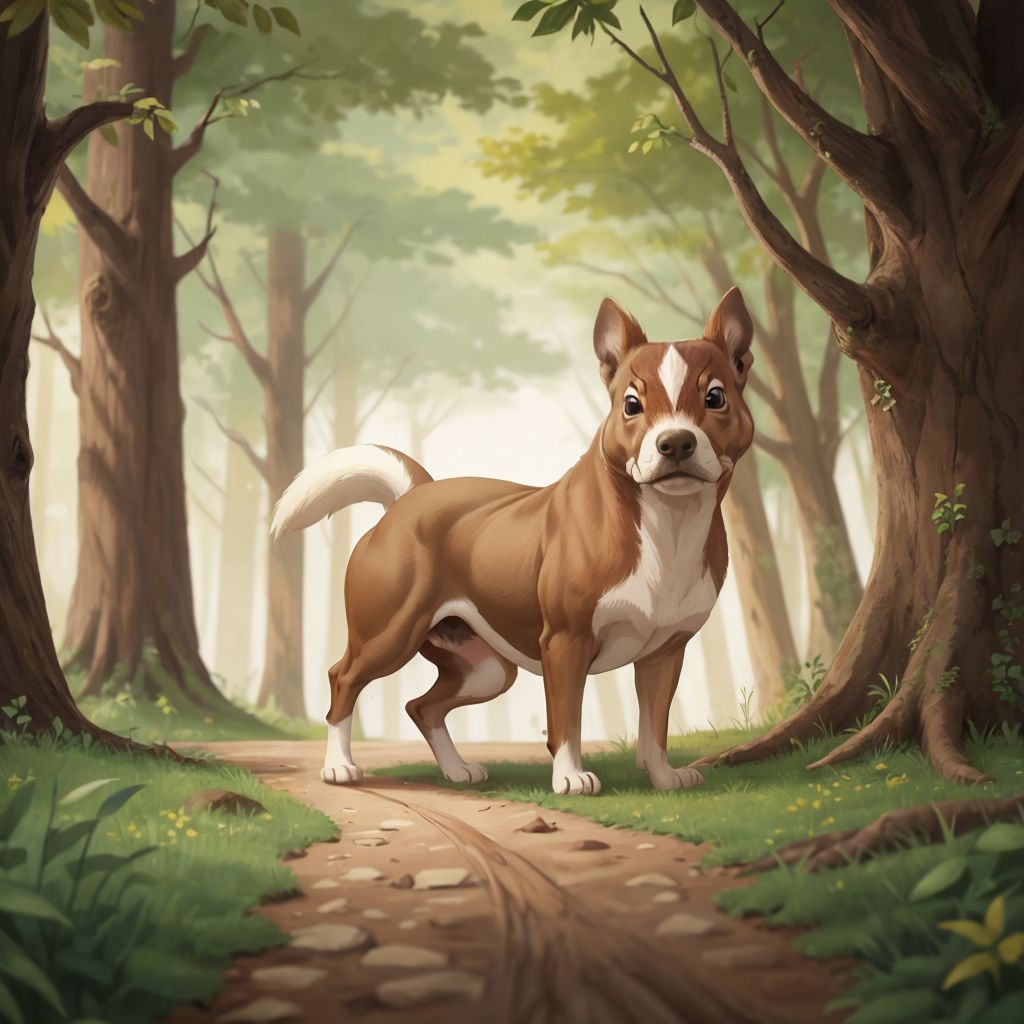
A young explorer stumbles upon a magical forest where animals can talk, leading to an unforgettable journey.

In Grandma's cozy house, Clementine, a plump ginger cat, and Jasper, a sleek black cat, reigned as sleepy guardians. Beneath their oblivious naps, Mortimer, a tiny, daring mouse, lived for nightly fridge raids. He navigated the pantry's treacherous shelves, targeting the "cheese palace," Grandma's prized Parmesan. One night, he succeeded, feasting on the aged cheese, unaware of Jasper's subtle suspicion. Grandma, oblivious, attributed the open container to her own oversight. The nightly dance continued: Mortimer's stealthy raids, Clementine's catnip dreams, and Jasper's watchful slumber. Then, a new, self-locking refrigerator arrived, ending Mortimer's cheese-fueled adventures. Despair gripped him. Clementine, surprisingly, offered a discarded cracker, and Jasper, observing, meowed softly. It was a truce, a silent understanding. Mortimer, realizing survival wasn't just about stealing, accepted the cracker. Clementine and Jasper, in their sleepy way, accepted Mortimer as a harmless roommate. The nightly raids ceased, replaced by an unspoken, strange camaraderie. The house, once a battleground of cheese cravings and oblivious naps, found a new, quiet rhythm. Mortimer, the miniature ninja, found a different kind of survival, one that involved crackers and the unlikely acceptance of two sleepy cats. The fridge, once a fortress, became a symbol of a change, a new peaceful era where a mouse and two cats could coexist, albeit in a very strange way, in the quiet, comforting chaos of Grandma's home.

a newborn child visit his first hospital visit for his regular 1st week follow up.
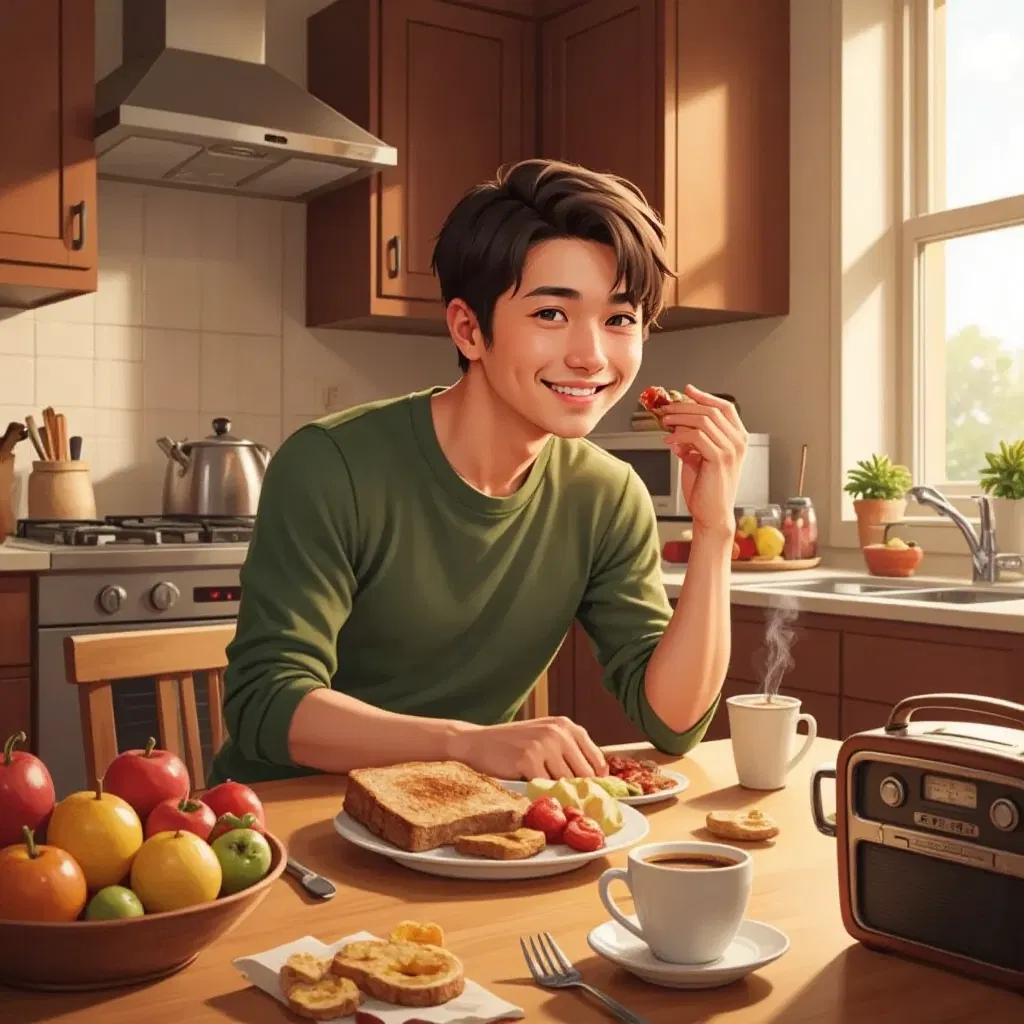
The little child goes to kindergarten for the first time and meets the new teacher. She is young and smiling. She loves children. The little child really likes her new teacher and they spend a great day together.
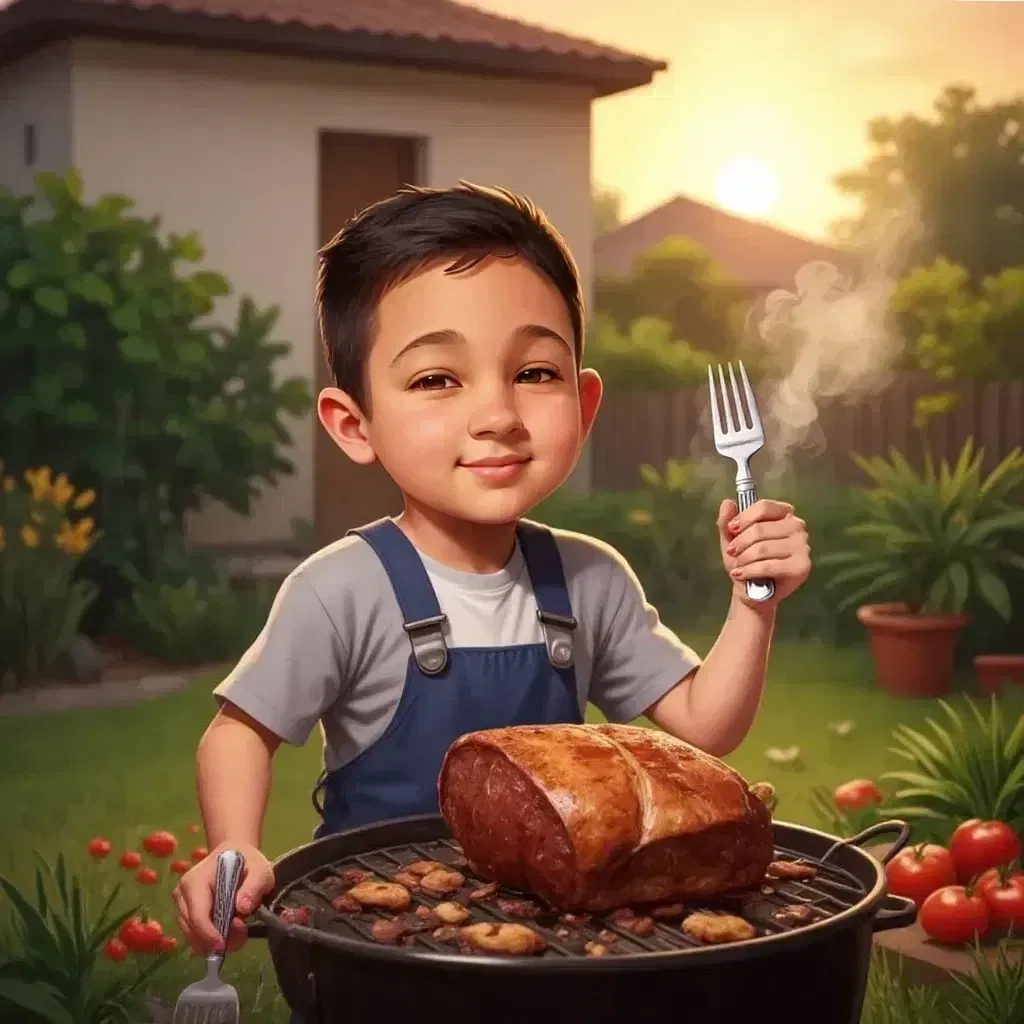
Kalina je imala četiri godine, a svet oko nje bio je pun magije. Njena braon kosa lepršala je dok je trčala kroz park, a u rukama je držala omiljenu lutku — Betty Boop, koja je bila njena verna saputnica u svim avanturama. Kalina je bila tvrdoglava i uporna, nikada nije odustajala od svojih želja, čak i kada su svi ostali govorili da nešto nije moguće. Ako je odlučila da skoči u baricu, to je bilo kao poziv za novu avanturu. Jednog dana, dok je šetala po parku, Kalina je ugledala najlepšu baricu koju je ikada videla. Bila je ogromna i svetlucala je na sunčanoj svetlosti. "Moram da skočim u nju!" pomislila je, bez ikakvog razmišljanja. Iako su svi oko nje govorili da će se smočiti, Kalina nije obazirala. Ubrzo je poskočila i stvorila pravi vodeni pljusak. Nije je bilo briga što će morati da se presvuče — bila je presrećna. I dok je skakala po baricama, nešto neverovatno se dogodilo. Barice su počele da svetle i, iznenada, Kalina se našla u čudnom svetu. Okružena je bila šarenim balonima, čarobnim svetlima i lutanjem Betty Boop, koja je sada oživela i smeštala se u blizini. „Dobrodošla u magičnu zemlju, Kalina“, reče Betty Boop, sa širokim osmehom. „Tu su svi tvoji snovi mogući!“ Kalina je bila oduševljena. Držala je Betty Boop čvrsto u rukama, dok su zajedno istraživale čarobni svet. Skočile su u još mnogo barica koje su ih vodile u različite fantastične svetove. Svaka barica im je otkrivala novo čudo, a Kalina je znala da, dok god je tvrdoglava i uporna, može da stigne bilo gde. Kroz sve to, Betty Boop je bila njena vodič, podsećajući je da uvek veruje u svoje snove i ne odustaje, bez obzira na to koliko izazova dođe. A Kalina? Kalina je bila sigurna u jednu stvar — njene avanture tek su počinjale!
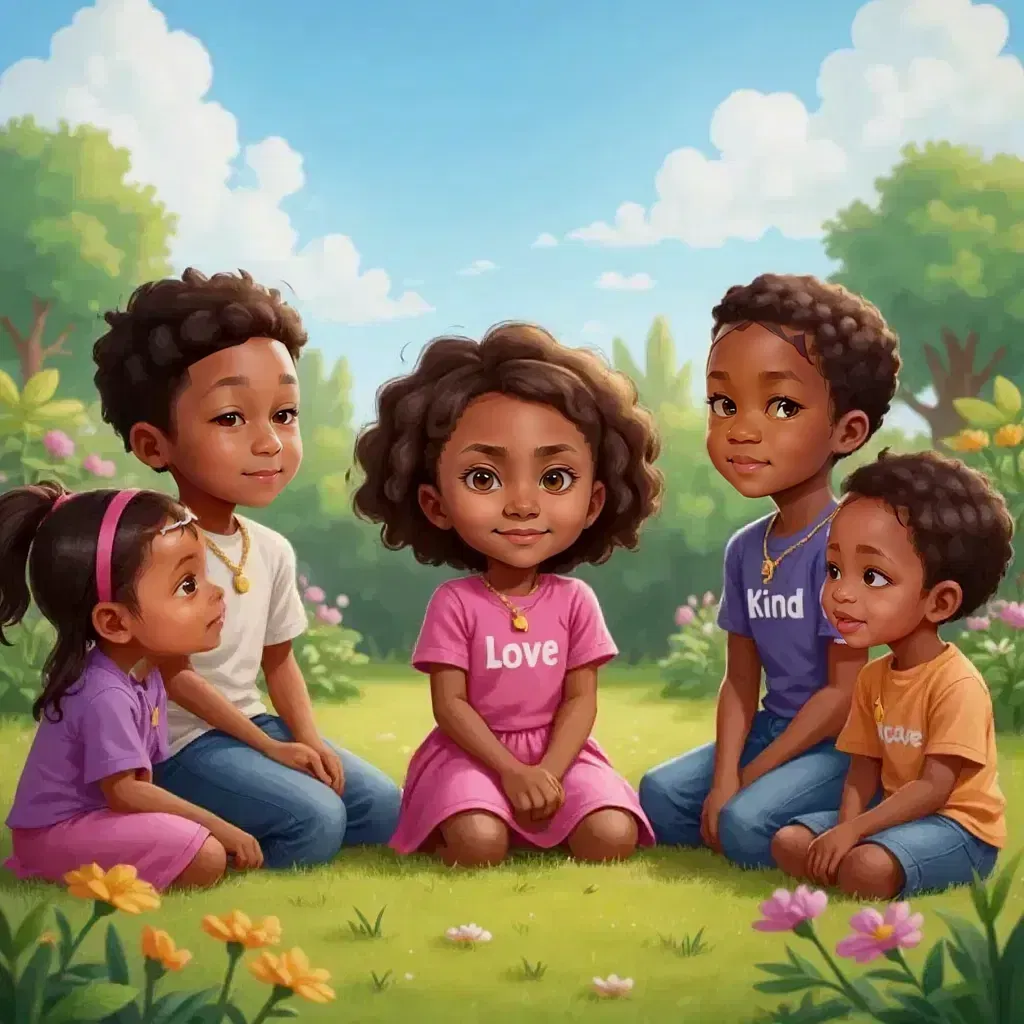
Carrington is a kind-hearted girl who loves to share the Fruits of the Spirit with everyone around her. Alongside her friends Ayden, Cyrus, Rayne, and Zaine, she embarks on daily adventures that showcase love, joy, peace, patience, kindness, goodness, faithfulness, gentleness, and self-control. Each day, Carrington finds ways to demonstrate these virtues in her school, home, and community. Whether she’s helping a friend in need, showing patience with her younger siblings, or spreading joy with a simple smile, Carrington’s heart shines brightly with God’s love. Through fun and meaningful experiences, Carrington and her friends learn that living out the Fruits of the Spirit brings them closer to God and makes the world a better place. Join Carrington and her friends in this delightful story that inspires young hearts to grow in faith and kindness every day.

kamu tidak akan menemukan toko roti ini di jantung paris yang selalu ramai, melainkan toko ini terletak di dalam gang kecil di sebuah jalanan yang sepi. meskipun begitu, selalu ada pengunjung yang datang ke toko ini. dari luar terlihat toko ini nampak seperti toko lain pada umumnya, namun ternyata terdapat sebuah rahasia di toko roti ini. yaitu setiap roti mempunyai kekuatannya masing-masing yang mampu menolong orang-orang yang memakannya.
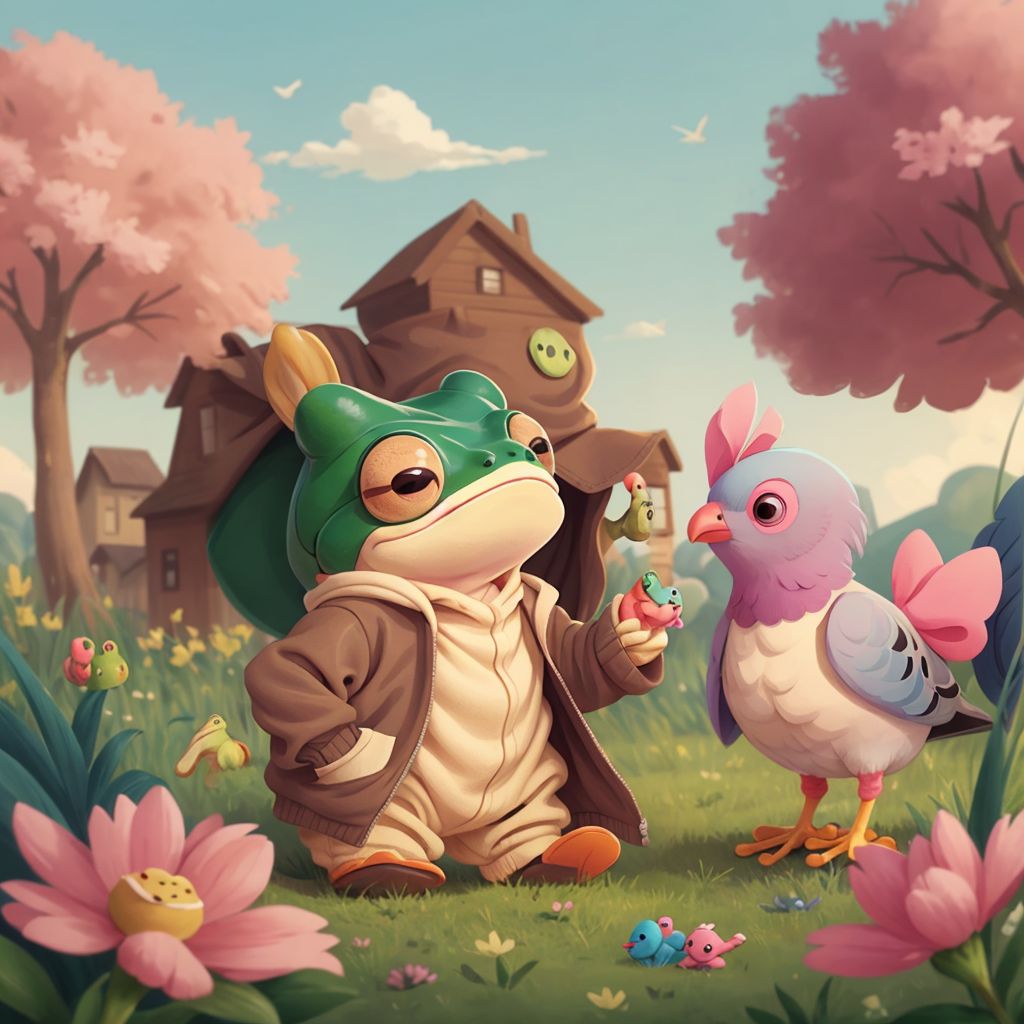
Darrell and his friends are just like democrats.
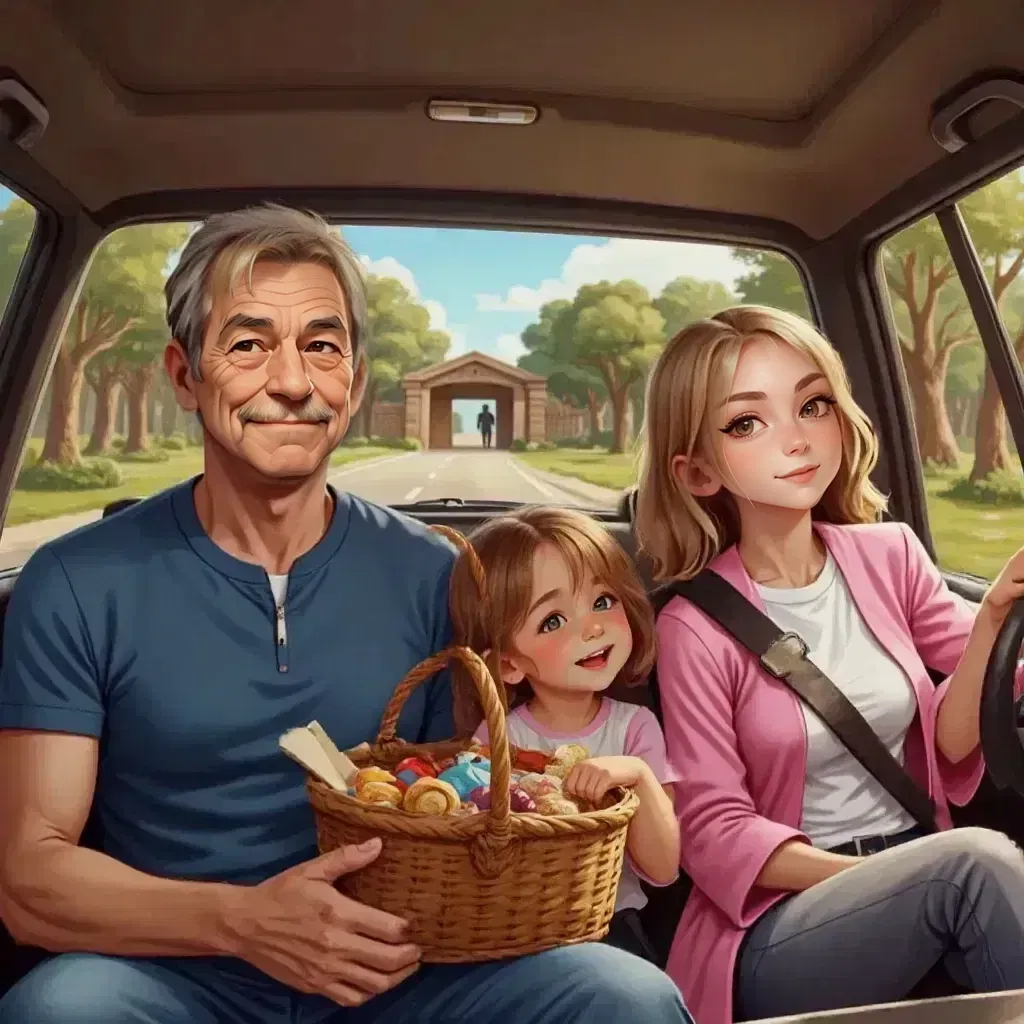
Reese and emmerson go on an adventure to the zoo with their family. Reese is a two year old who loves fun and adventure. Emmerson-Reese's 8 year old sister who loves adventure and is creative. Katie- the mom who loves to have fun and is up for anything. Andy-the dad who loves exercise and is sarcastic. Old Man- the grandpa who is wise and witty KB- the grandma who loves dogs and is funny Kari-the aunt who is a photographer and loves to have fun Peter- Kari's husband who is curious and loves adventure

Emma, une petite fille de 4 ans, découvre un jardin magique où chaque fleur et chaque arbre représente une émotion différente. Au fil de sa visite, elle apprend à comprendre la joie, la tristesse, la colère et bien d’autres sentiments. Une aventure douce et colorée, idéale pour aider les tout-petits à mettre des mots sur leurs émotions.

There was an owl that lived in a tree and w little girl named Bella heard a noise and went outside to find the thing that made the noise and she was scared

Analyze the prompt: The narrative focuses on Bubu, a curious kitten learning about road safety with the help of friends and a wise bird, Cik Gak. Key themes include curiosity, friendship, safety awareness, and making informed decisions. 2. Target audience: The narrative is aimed at young children, likely in the age range of 4-8 years, making it essential to use simple language, relatable characters, and engaging illustrations to capture their attention. 3. Narrative structure: The narrative could follow a journey format where Bubu and his friends embark on an adventure beyond the village, encountering various scenarios that require them to apply road safety lessons in different contexts, reinforcing their learning. 4. Entertaining and informative elements: Include diverse characters, such as a wise tortoise who teaches about patience, a playful puppy who learns the consequences of ignoring safety rules, and a friendly squirrel who organizes a fun road safety game. The settings could vary from busy streets to quiet parks, each presenting unique challenges for Bubu and his friends. 5. Educational objectives: The narrative should emphasize the importance of road safety, including lessons on stopping and looking, using crosswalks, and staying alert. Each scenario could conclude with a recap of the safety tips learned, encouraging children to remember and apply these lessons in real life. Prompt Idea: Create a narrative where Bubu the kitten and his friends go on an adventure outside their village, encountering various road safety challenges along the way. Each challenge introduces a new lesson about road safety, reinforced by interactions with other animal characters. The story should conclude with a fun road safety game that helps solidify their understanding while keeping the tone light-hearted and engaging.
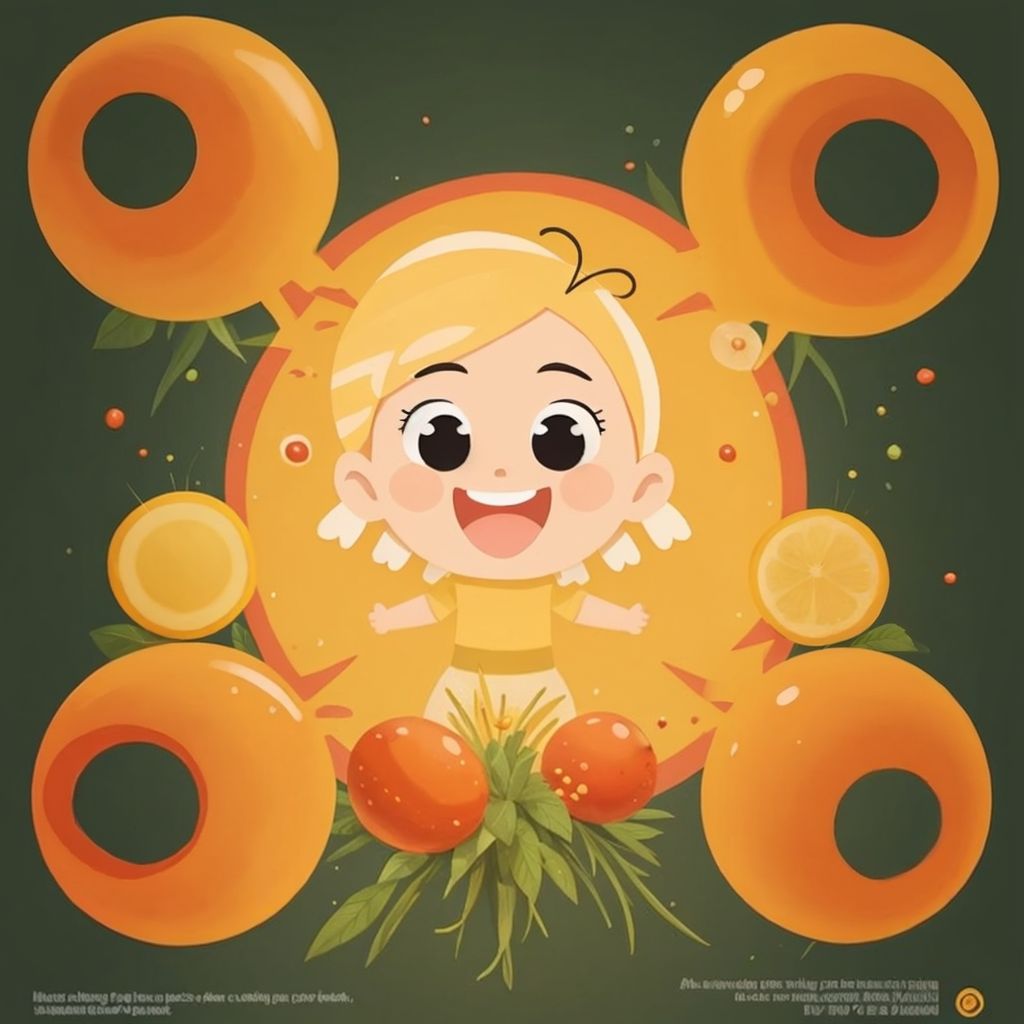
Cellia lived in Bodyville, a place full of life and energy. Though she was tiny, she felt part of something much bigger. She was a special cell with a lot of potential, ready to discover her role in the grand scheme of life. --- **A Time to Grow** Cellia began her journey in the G1 phase, a time for growth. She gathered nutrients and built up her strength, like getting ready for a big event. Her internal machinery, like mitochondria and ribosomes, worked hard to prepare her for what was coming next. --- **The Dance of Creation** When the S phase arrived, Cellia’s DNA started to duplicate. This process was like making a copy of an important document. Enzymes helped her DNA unwind and replicate, ensuring she would be ready for the next steps. --- **On the Brink of Change** In the G2 phase, Cellia was ready for the final preparations before division. Her DNA was doubled, and everything inside her was set for the big event. It was a tense time, like waiting before a big leap, but she needed to ensure everything was perfect. --- **Division and Multiplication** The moment of mitosis came. Cellia’s DNA condensed into chromosomes, and she split into two cells. This process ensured that Bodyville would keep growing and healing, creating two cells from one. --- **The Power of Diversity** In meiosis, Cellia experienced a special kind of division. Her chromosomes paired up and exchanged parts, creating genetic diversity. This was like mixing different colors to make something unique. The result was four new cells, each different from the others, ready to contribute to the future. --- **A Legacy of Change** By the end of meiosis, Cellia had created four unique cells. Each had half the original number of chromosomes and was ready to join with another cell to create new life. Cellia’s journey showed that through both mitosis and meiosis, life grows, adapts, and evolves. ---
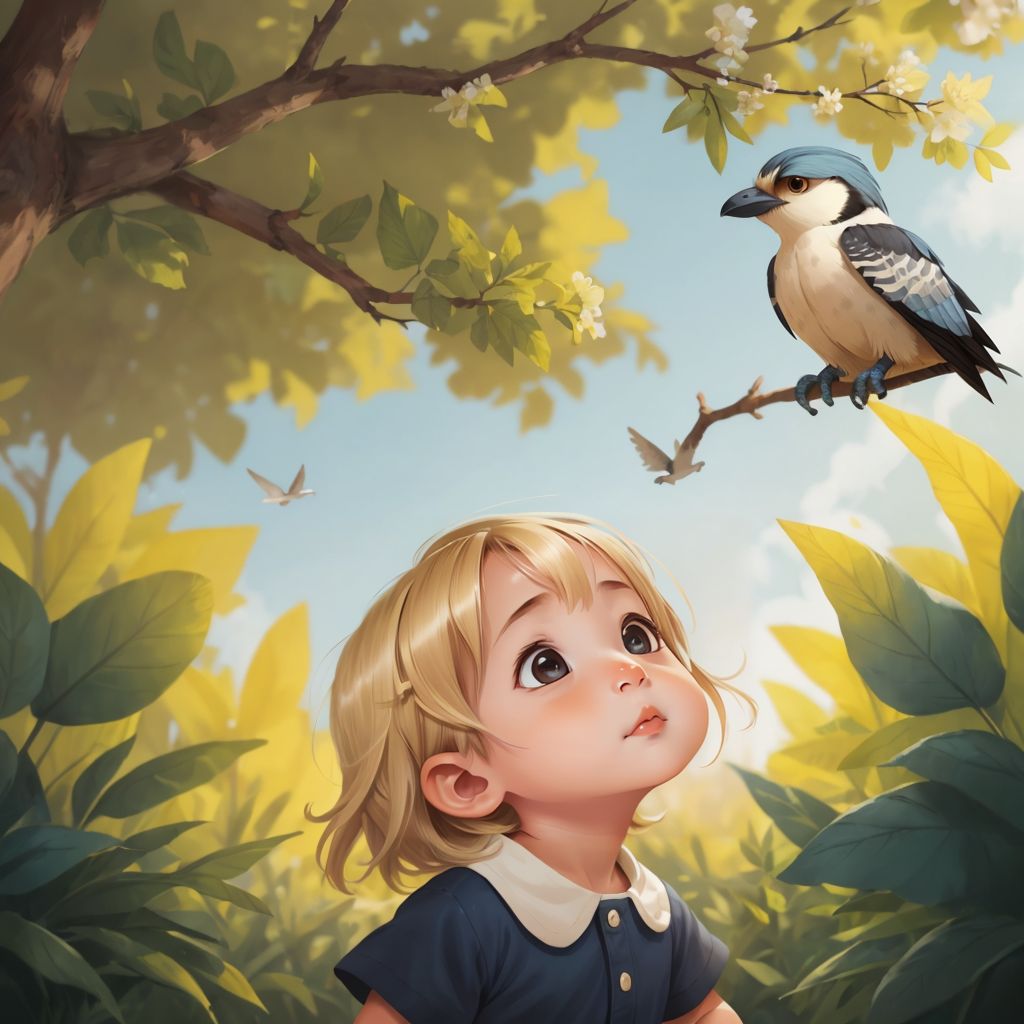
A little girl explores all the big and small mysteries and adventures hidden in the vast land of faraway Australia. Bird Boo shows her around.
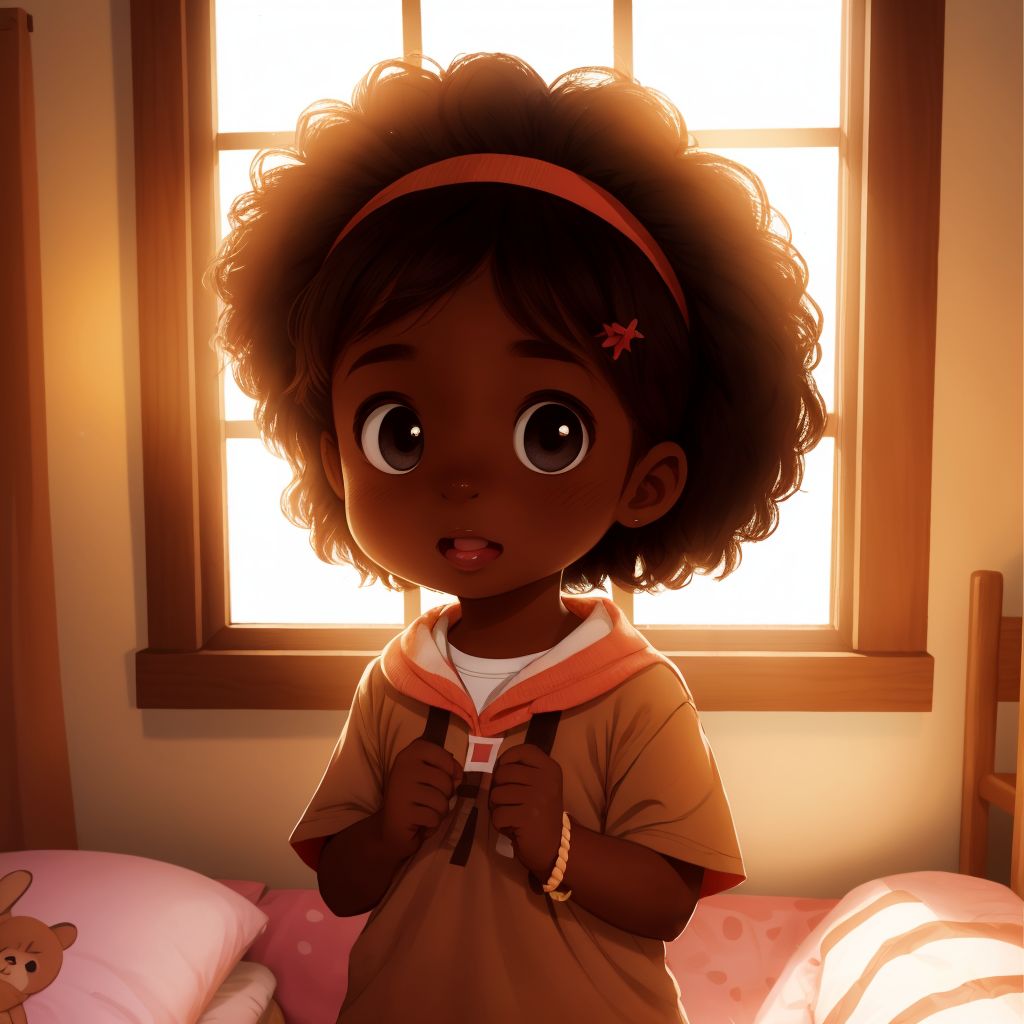
The AFRICAN AMERICAN GIRL is excited to see the zebras

El sol centelleante y el cielo hermoso que están listos para iluminar las calles y la vitalidad de "Un pueblo mágico" sirven de telón de fondo para el comienzo de una nueva jornada de Carlos.
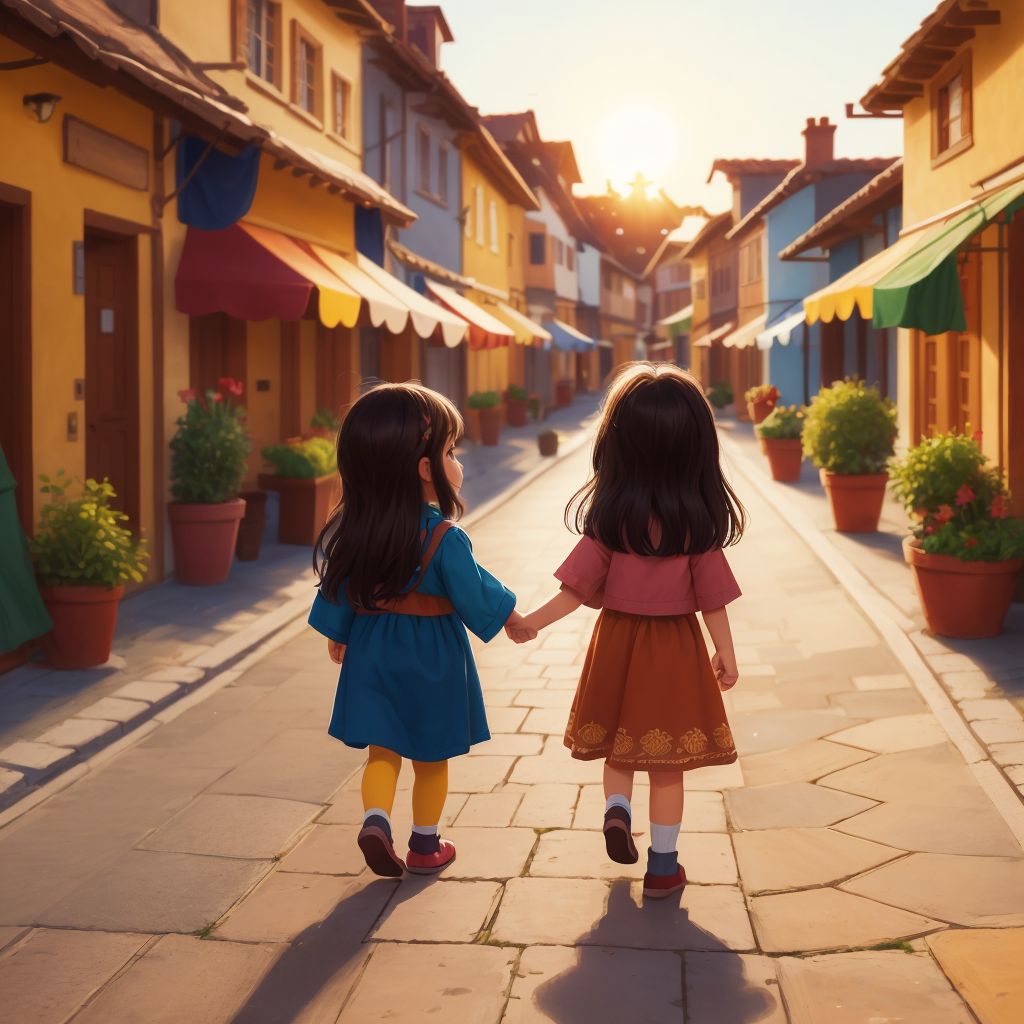
Pazarda bir kız
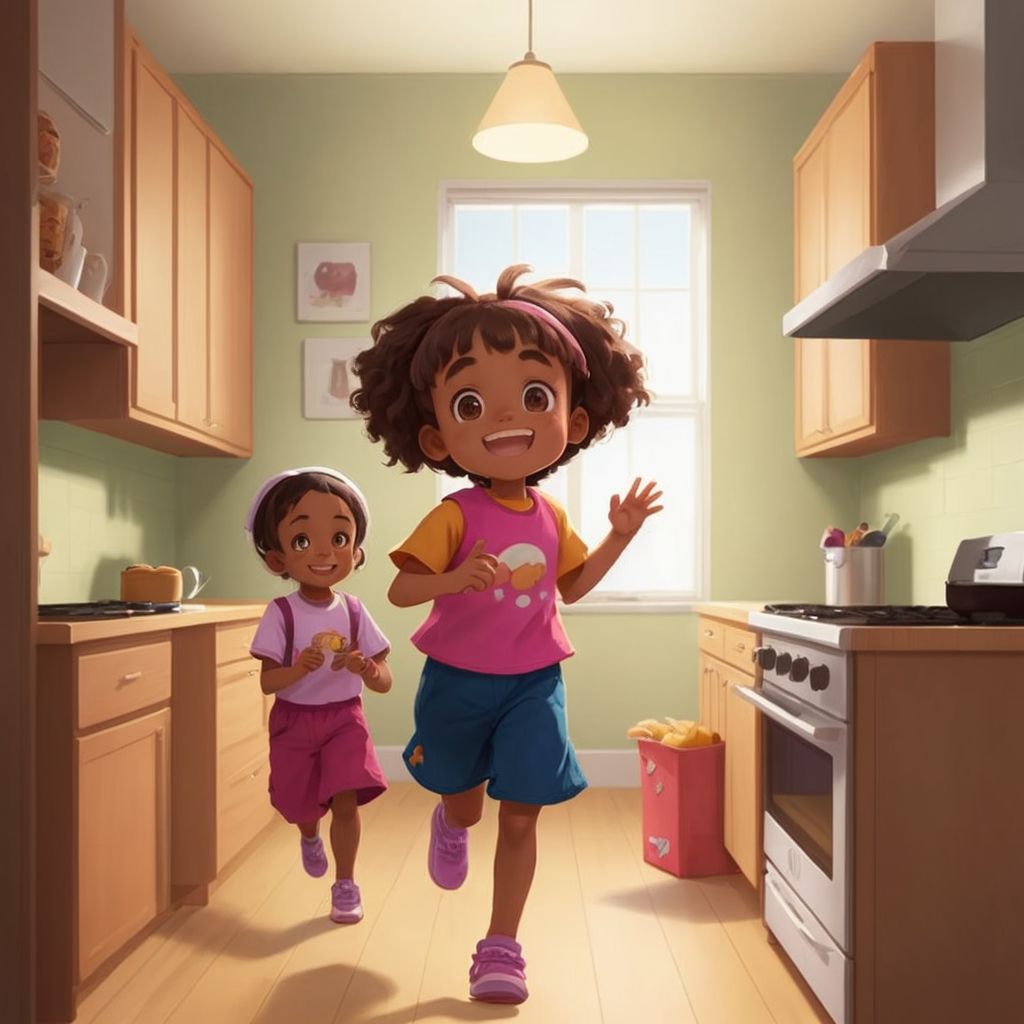
A simple and heartwarming story with beautiful illustrations. The book follows a child throughout their day, highlighting the love and connection they share with their Black mom and white dad. The message is clear: love transcends skin color, and families come together in beautiful ways.
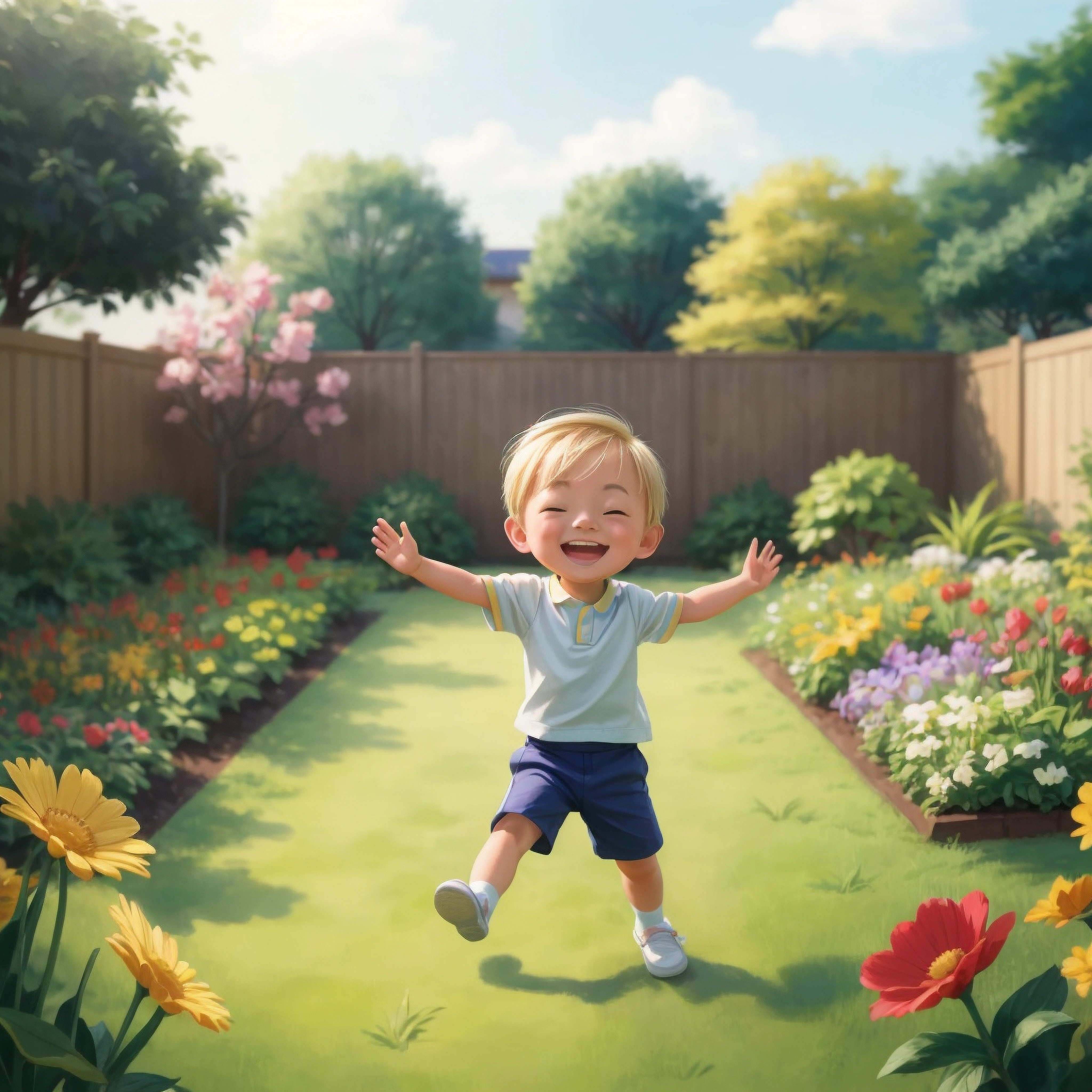
A boy learn his dog to grow cucumbers from seeds to harvest

1. She is a bad girl she doesn't care about others' feelings 2. one day she went to the forest and she heard a voice calling her 3. she comes closer to a big three and she sees a small guy stuck in the rock and asking for help 4. the guy is so little and wearing weird clothes 5. she told the girl that once you help me I will give you one wish 6. so the girl imminently helps the little man and she says "my wish is I want everyone in this town is disappear" I hate everyone in this town. 7. so like the little man promise he turns the tour into a ghost town 8. the little girl is so happy that she is all alone 9. she goes to every house in the village to eat all the food leaf 10. she was very happy that no one talked to her
